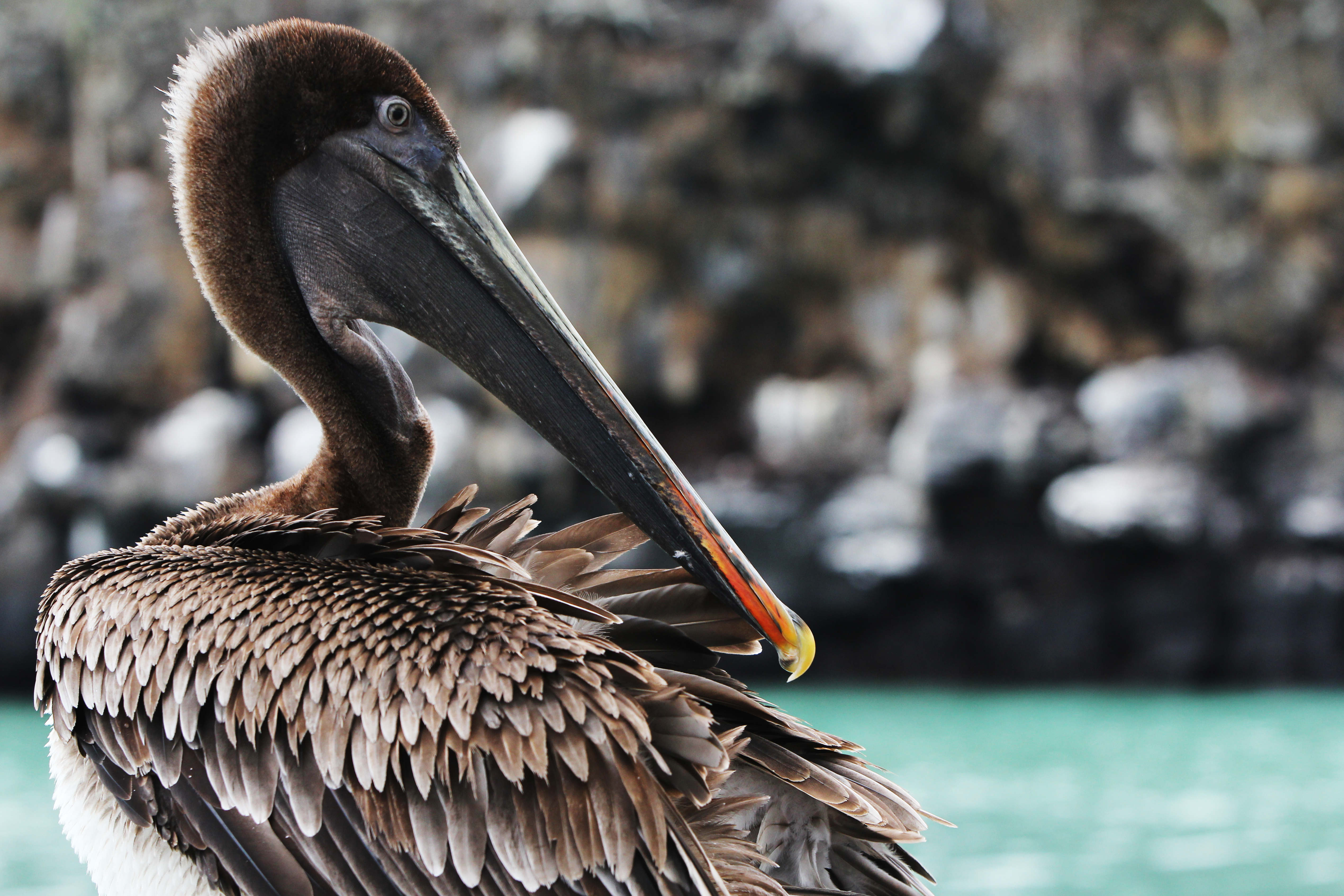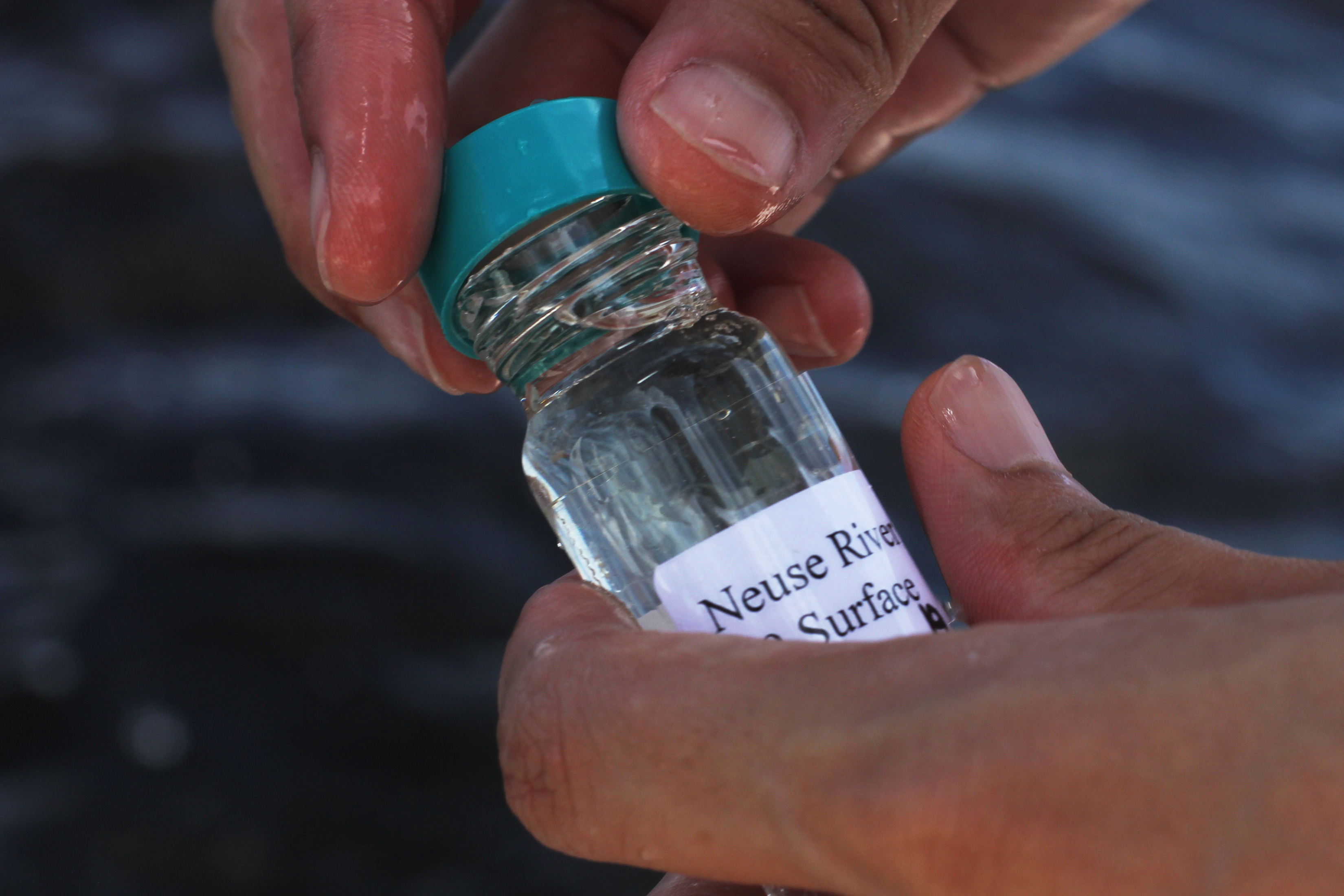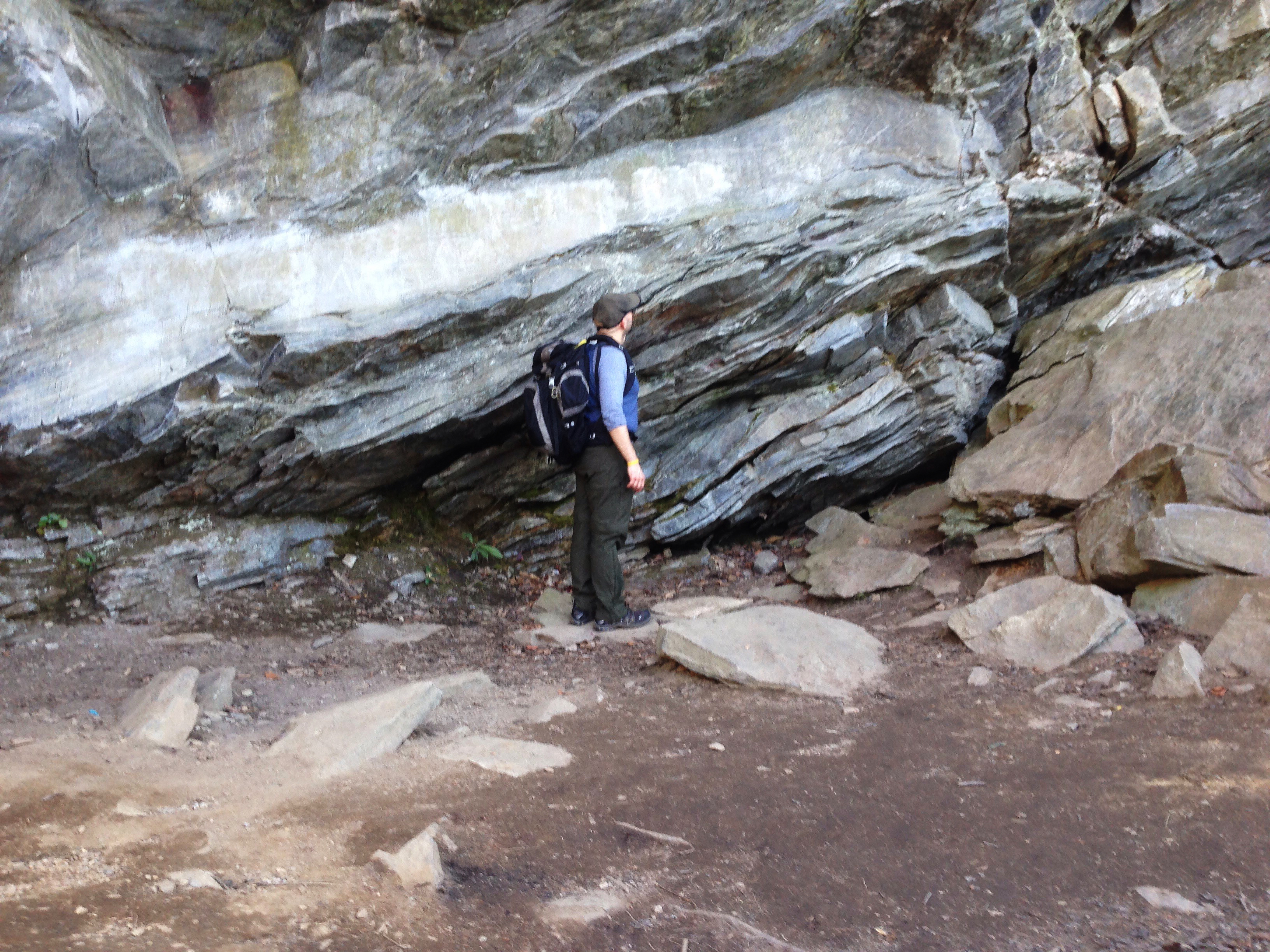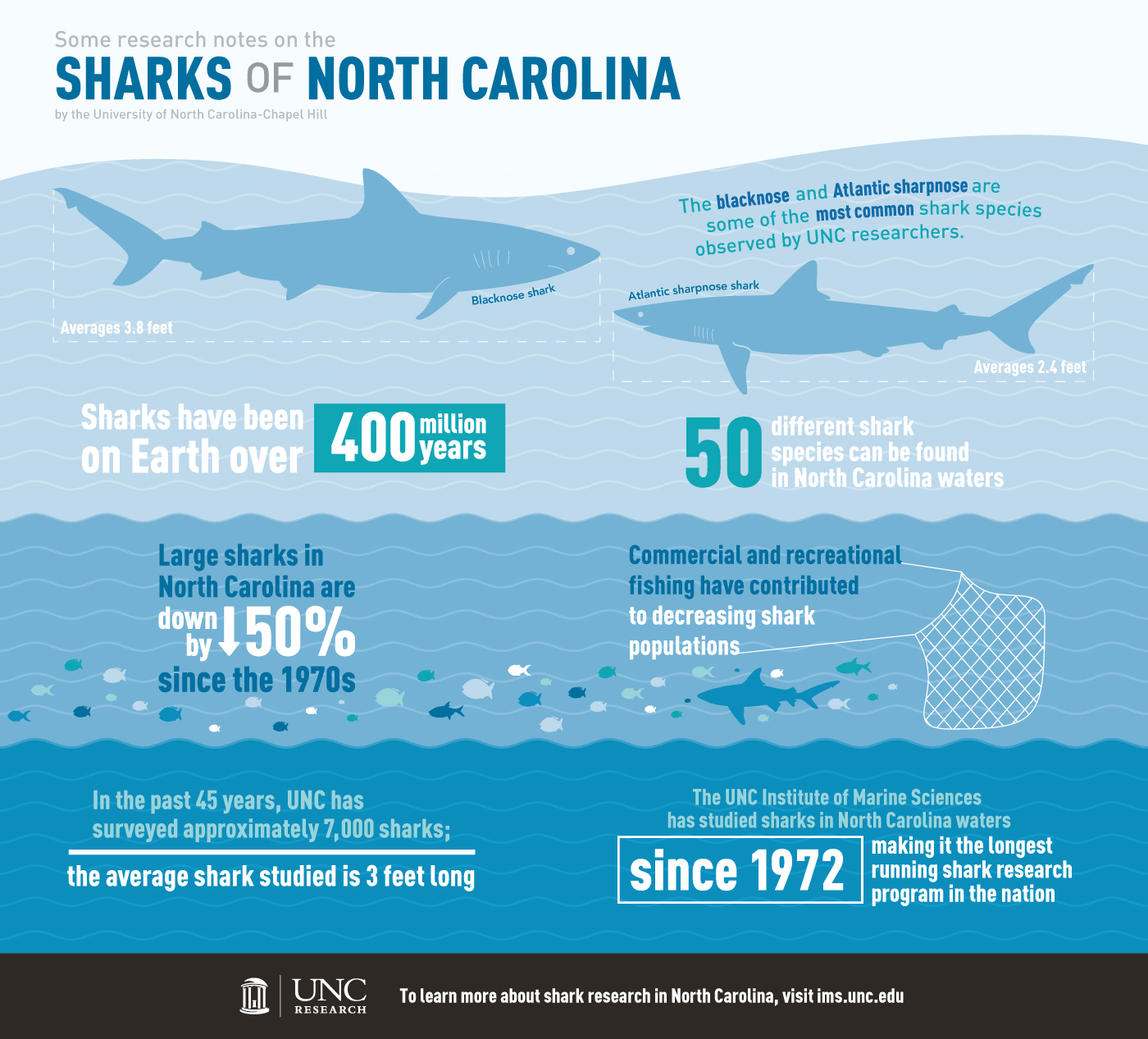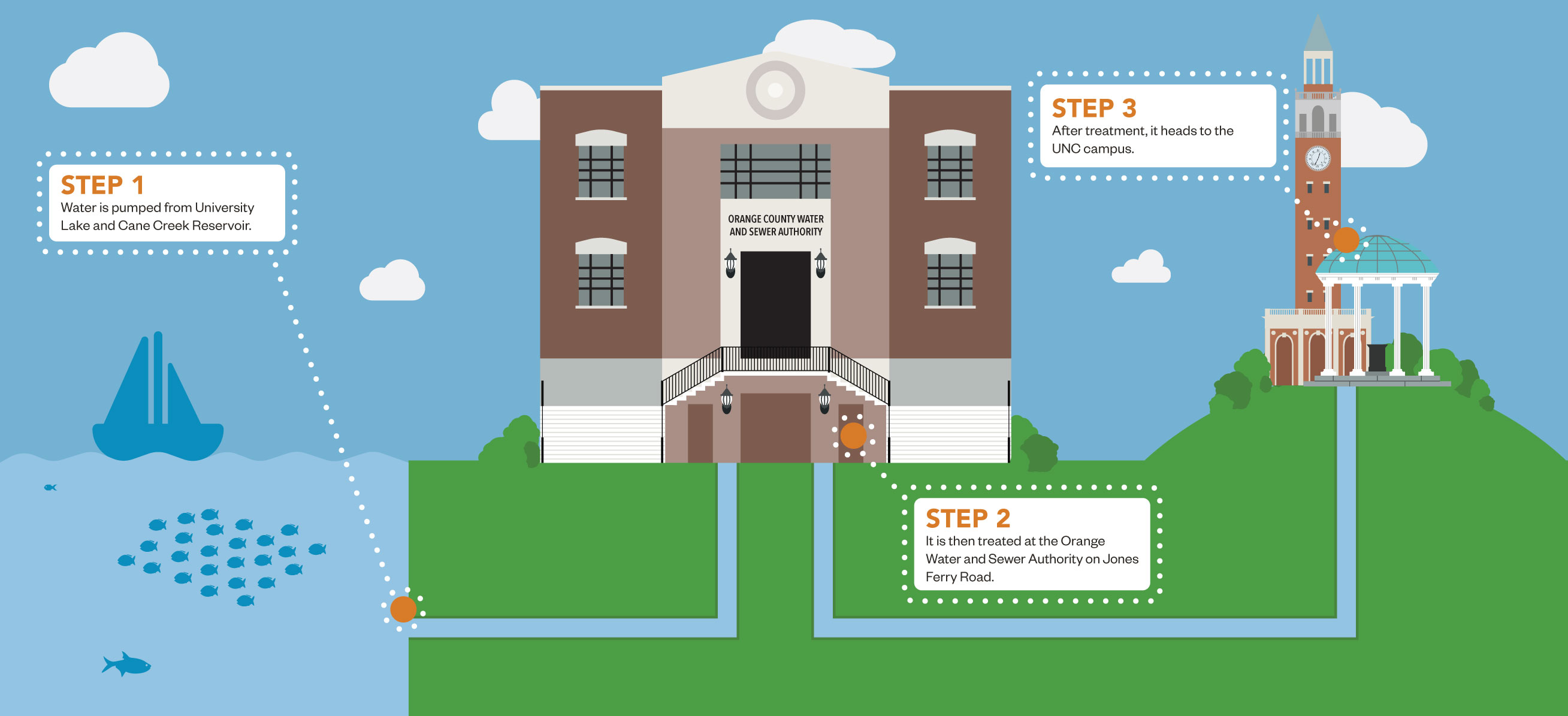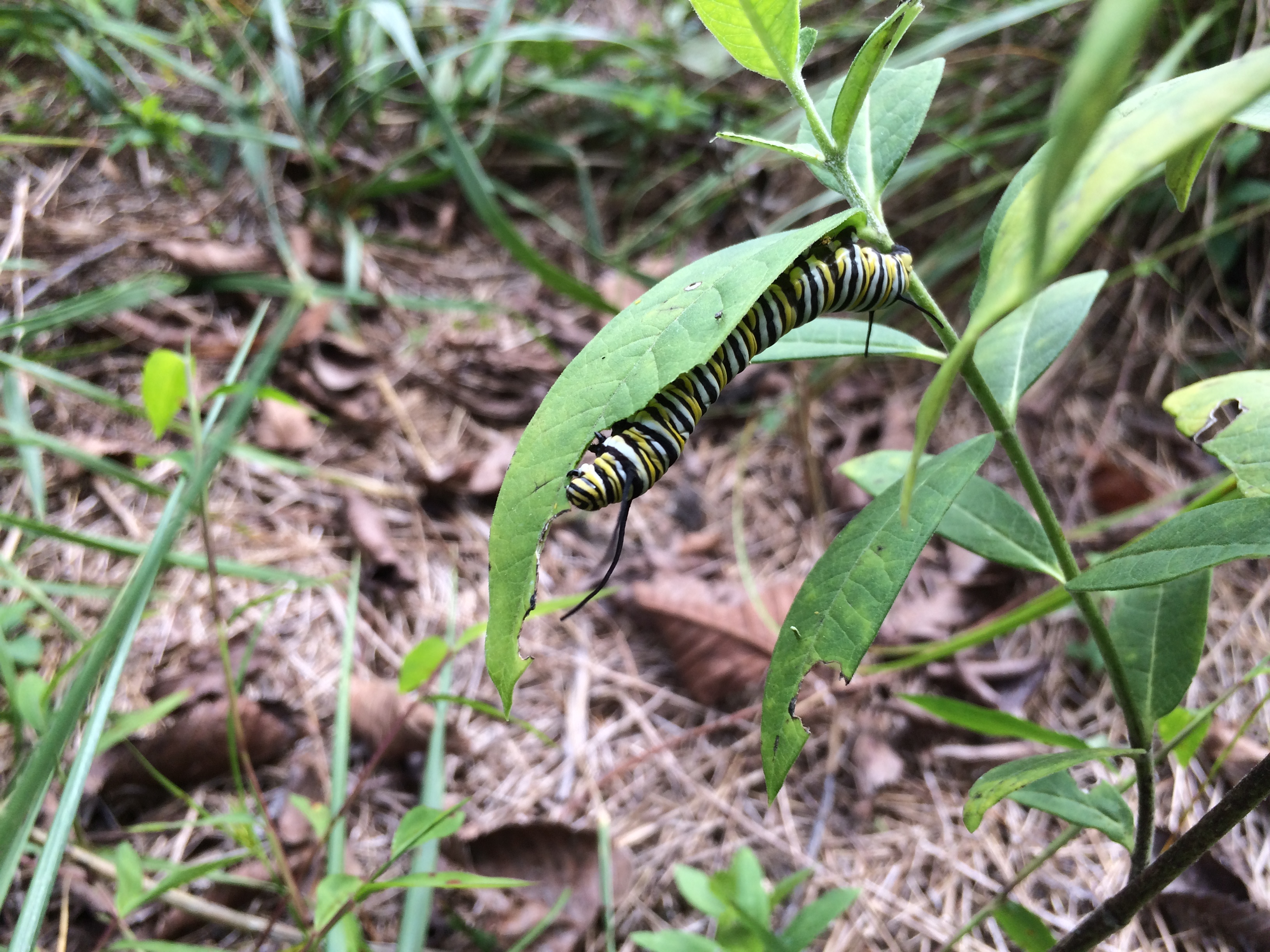A Day in the Field
How does a beach recover after a hurricane? What are the outcomes of natural processes...
Celebrating Darwin Day
For over a decade, UNC scientists have committed to sustaining and protecting the unique species...
Sequencing the Sea
Marine scientists at UNC are taking a new approach to figuring out why and how...
Detective Work Deep in the Earth
UNC College of Arts & Sciences seismologist Berk Biryol takes a crack at understanding how...
World of Wonder
The North Carolina Botanical Garden’s Katie Stoudemire brings the outdoors inside, making nature safe for...
The Weight of the Water on Their Shoulders
From rivers in the backcountry of Alaska, down the Sierra mountains, up into space, and...
Uncharted Territory: Using Drones to Detect Sharks
Ever since he was a kid, Martín Benavides has viewed sharks a little differently than...
Reconstituting Rain, Revitalizing Rivers
Water experts within the UNC Sustainability Office and Institute for the Environment strive to make...
In the Weeds
To help restore the monarch butterfly population, the North Carolina Botanical Garden has joined a...



